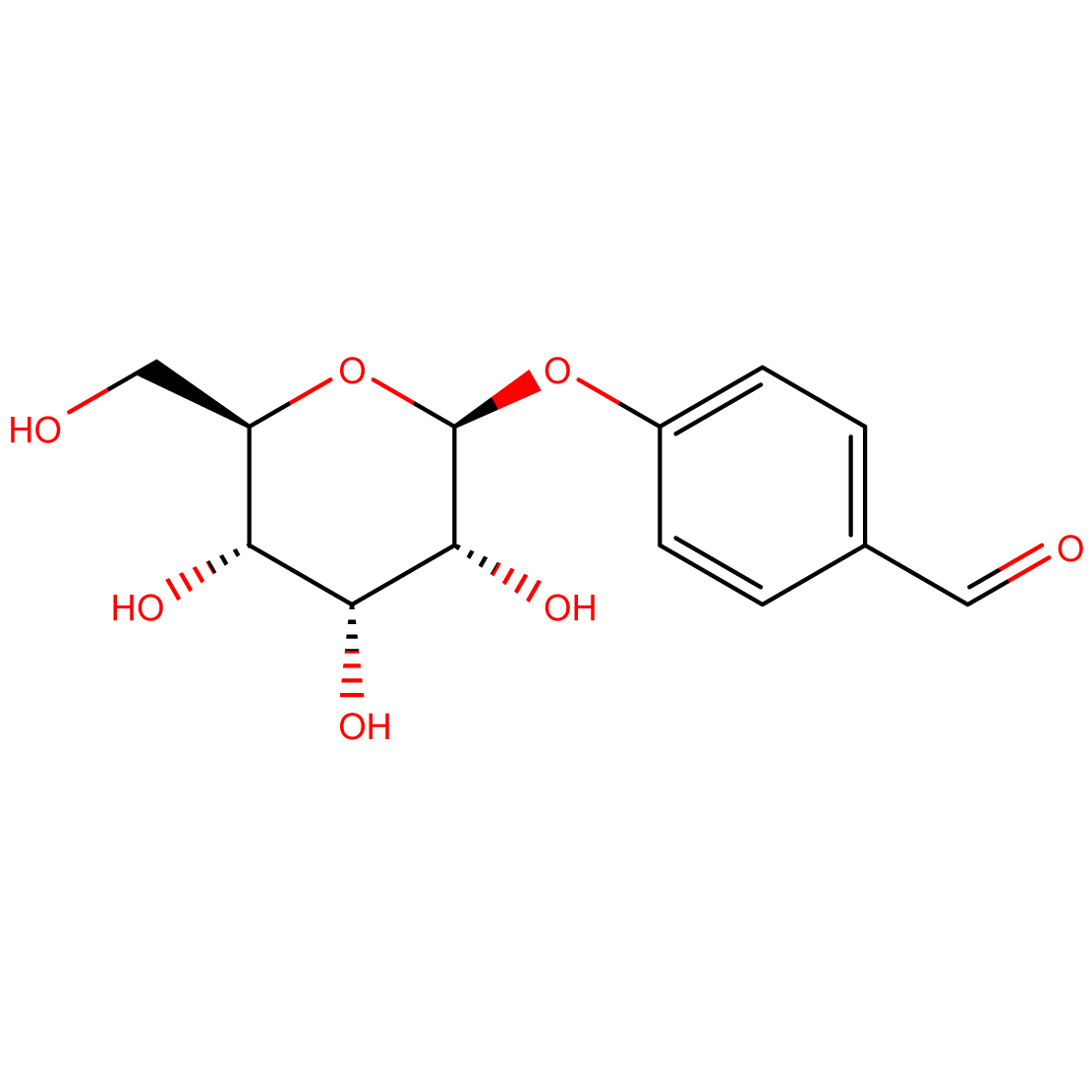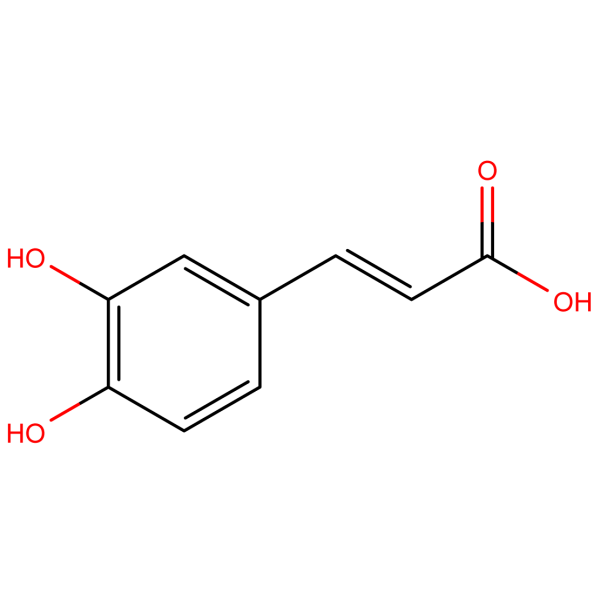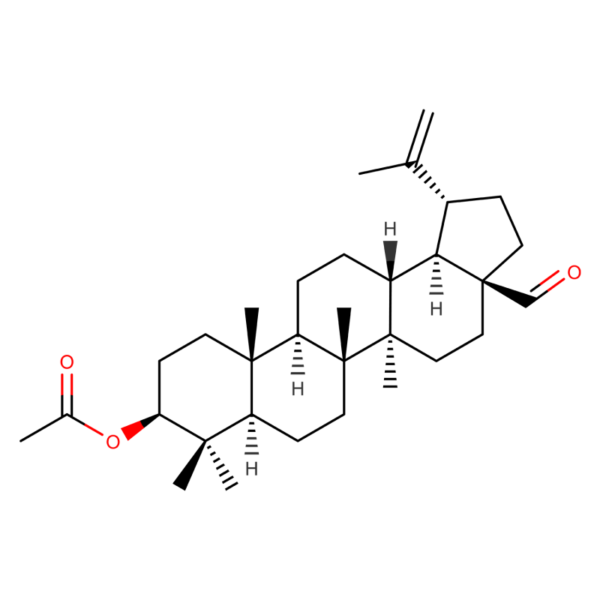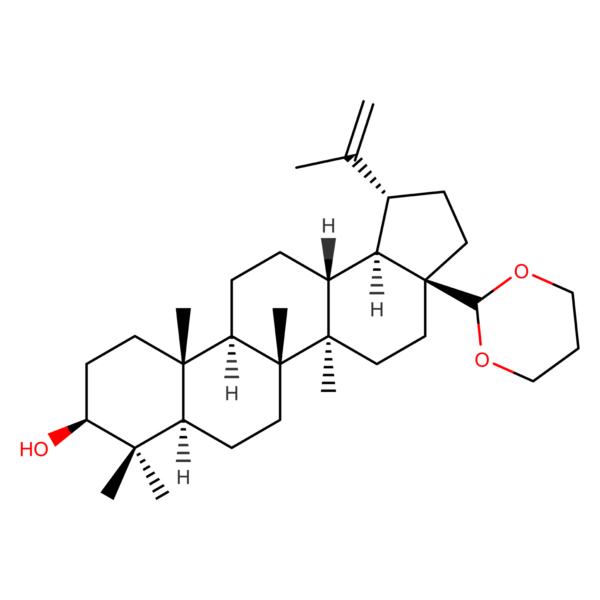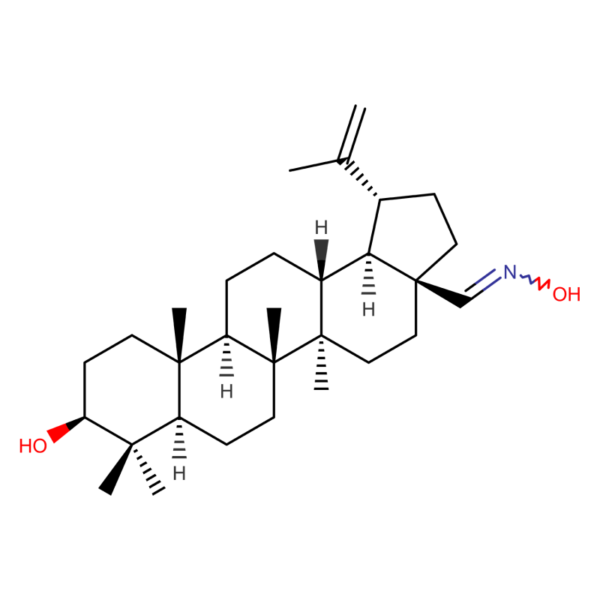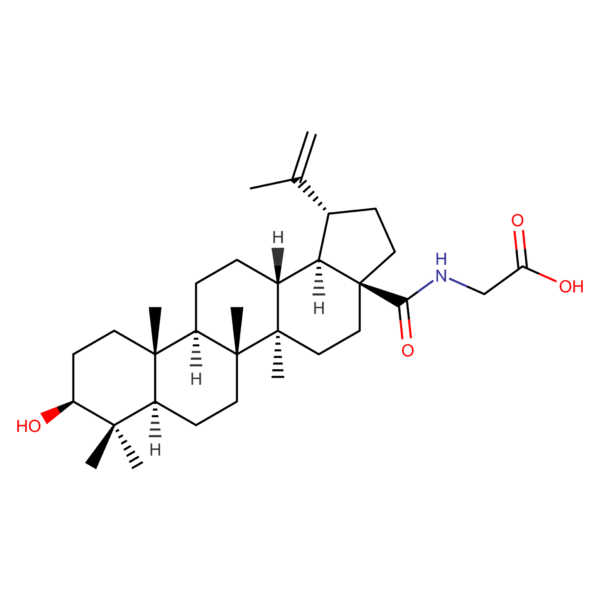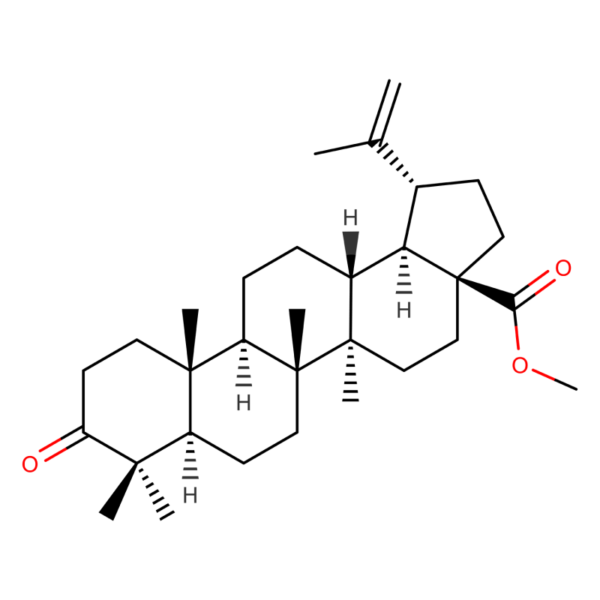Helicid: A Comprehensive Exploration of a Natural Glycoside Compound
Origins and Significance
Helicid, an intriguing member of the glycoside compound class, commands attention in the sphere of traditional Chinese medicine, finding its origins in extracts sourced from Helicia nilgirica and longan fruit. This natural compound unfolds a multifaceted narrative, particularly in its profound influence on the nervous system.
Therapeutic Dynamics
Functioning as more than a mere therapeutic agent, Helicid takes on the role of alleviating psychoneurosis, mitigating headaches, and inducing a sense of tranquility in cases of insomnia. Its pharmacological profile extends further, revealing analgesic properties that underscore its significance in diverse medical contexts.
Cardiovascular and Cerebrovascular Health
A closer examination of Helicid’s activities brings forth its pivotal role in cardiovascular and cerebrovascular health. As a therapeutic tool, Helicid stands out in its ability to address diseases within these critical systems, showcasing its potential in combating prevalent medical concerns.
Anti-Inflammatory Attributes
Moreover, the anti-inflammatory attributes of Helicid warrant attention, positioning it as a natural remedy for various inflammatory conditions. Its nuanced mechanisms delve into the intricacies of inflammation, offering a holistic approach to health maintenance.
Guardian Against Oxidative Stress
In the realm of oxidative stress reduction, Helicid emerges as a guardian against the detrimental effects of reactive oxygen species. This aspect adds a layer of preventive care, contributing to overall well-being by countering the impact of harmful radicals.
Holistic Paradigm of Health and Wellness
As we navigate the landscape of Helicid’s capabilities, it becomes evident that its influence transcends defined boundaries. Its myriad benefits contribute to a holistic paradigm of health and wellness, making it a noteworthy player in the realm of natural compounds.
Tailored Consultations and Procurement
For those seeking tailored consultations, exclusive offers, or procurement details related to Helicid, our dedicated team is poised to assist. Reach out to us at sales@nstchemicals.com for a personalized exploration of the Helicid experience.

